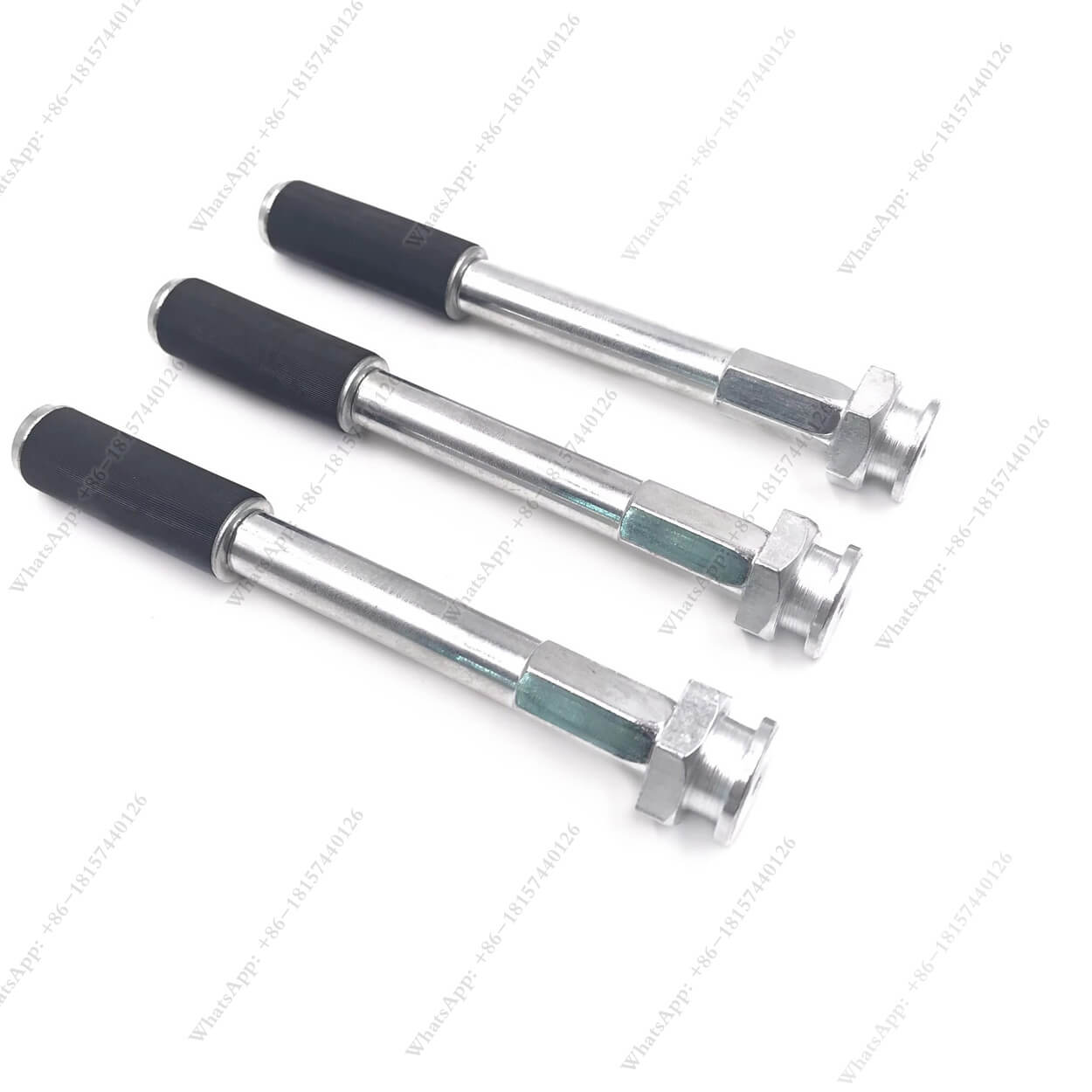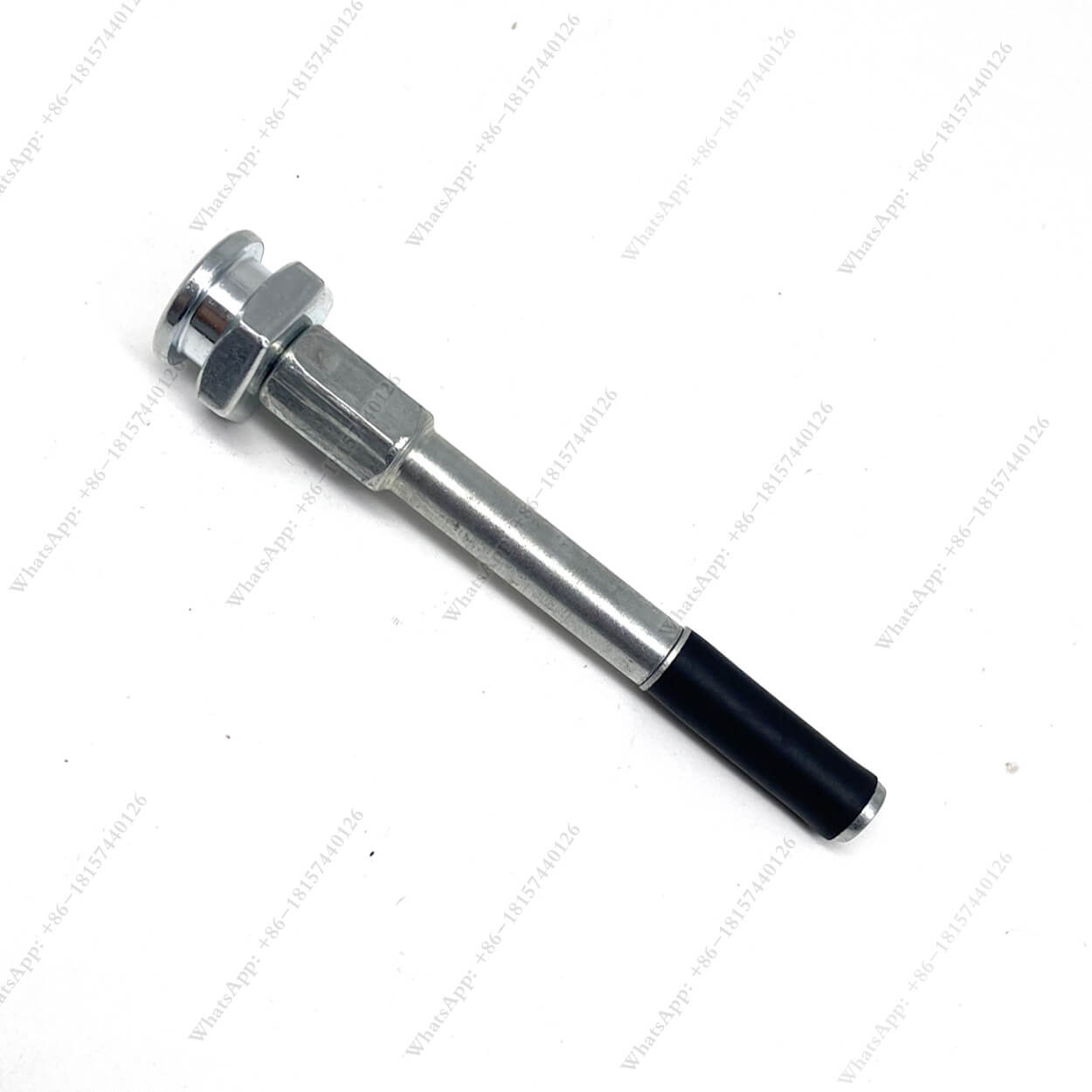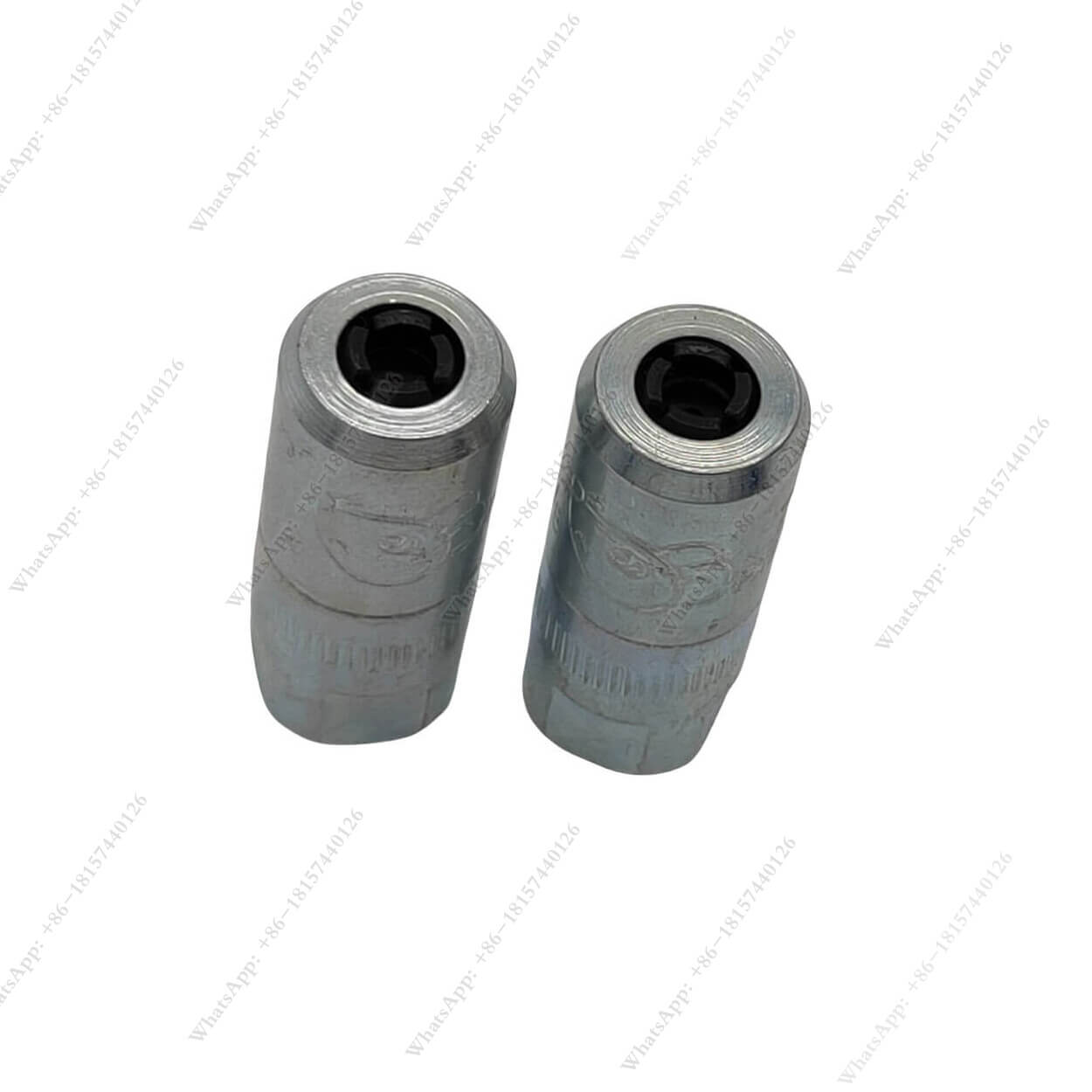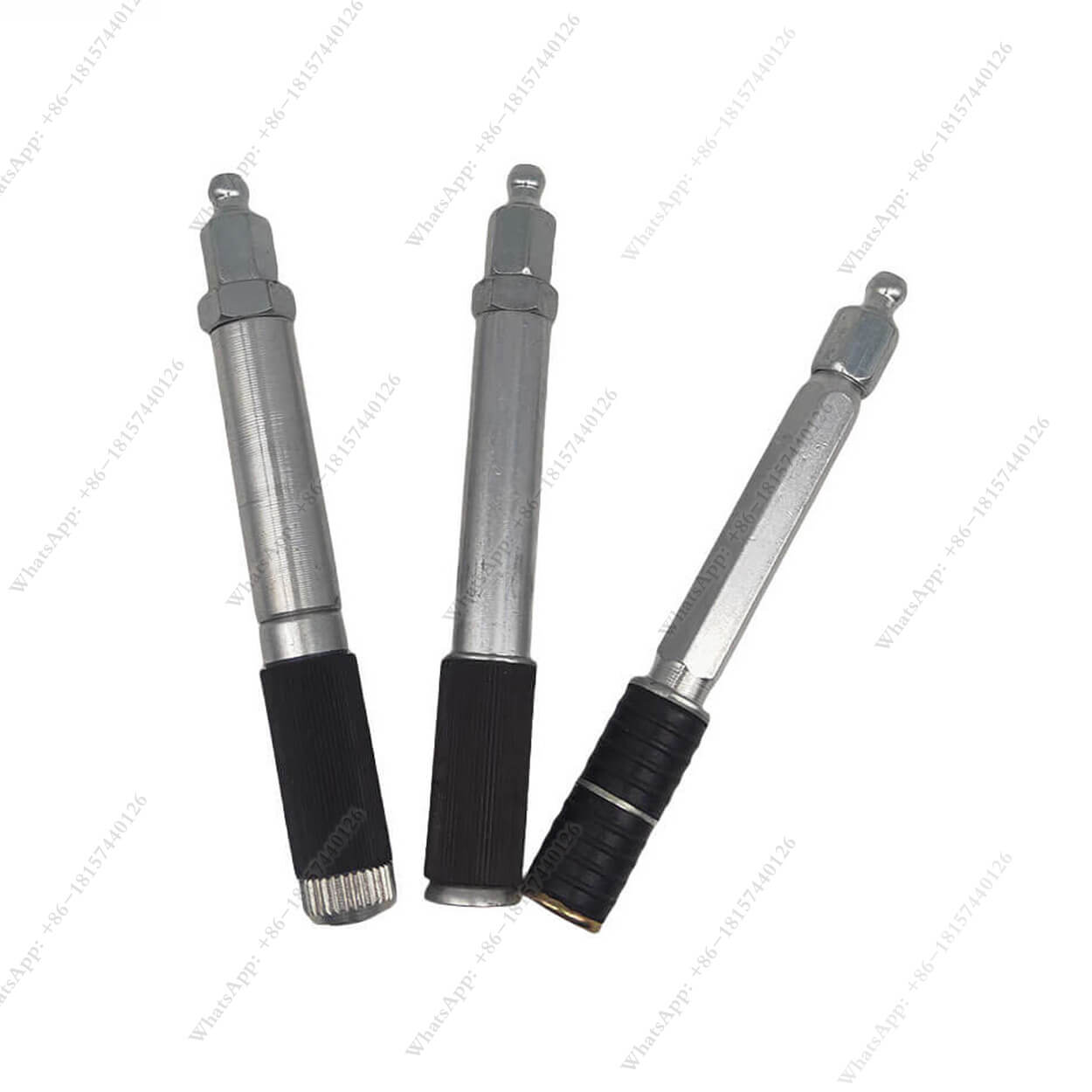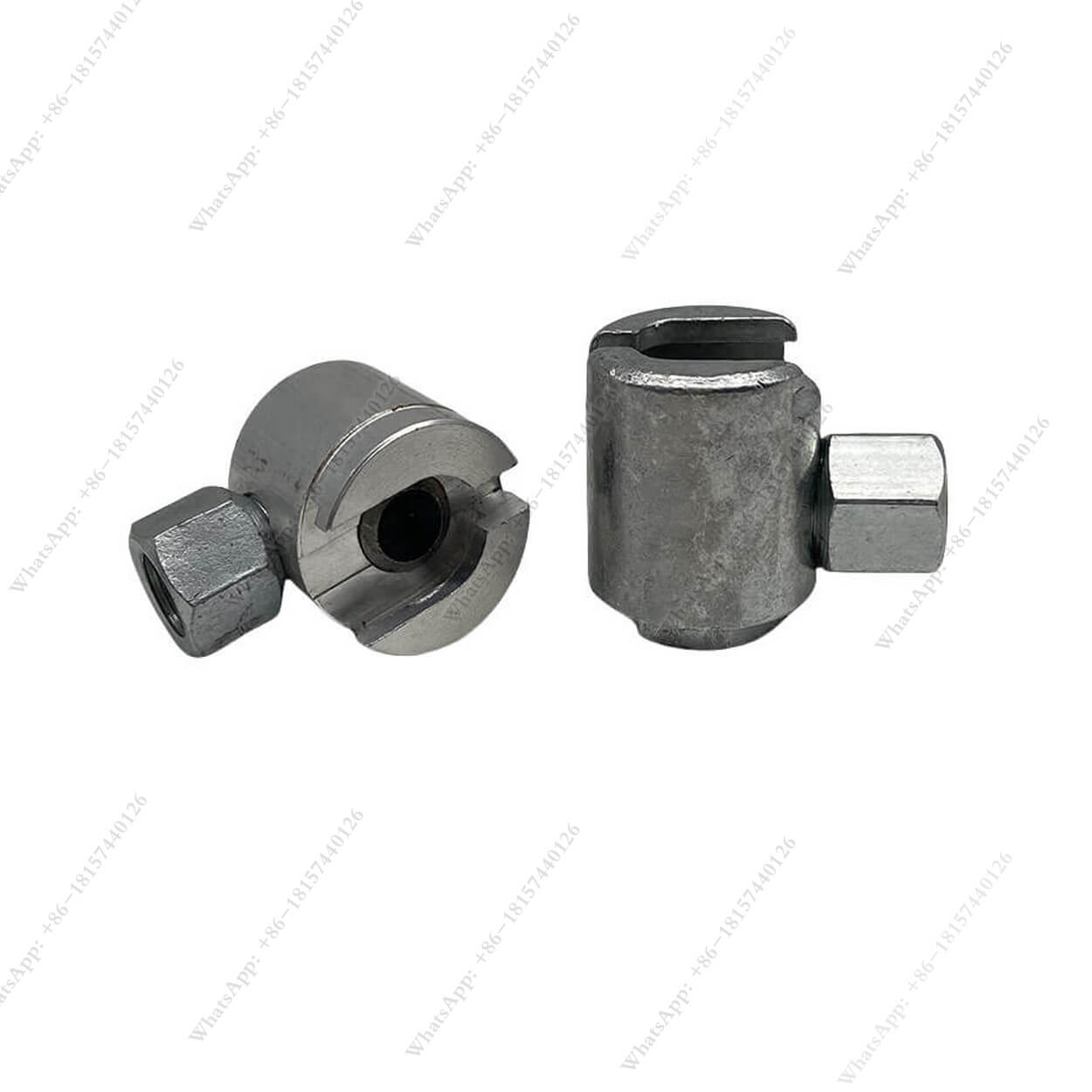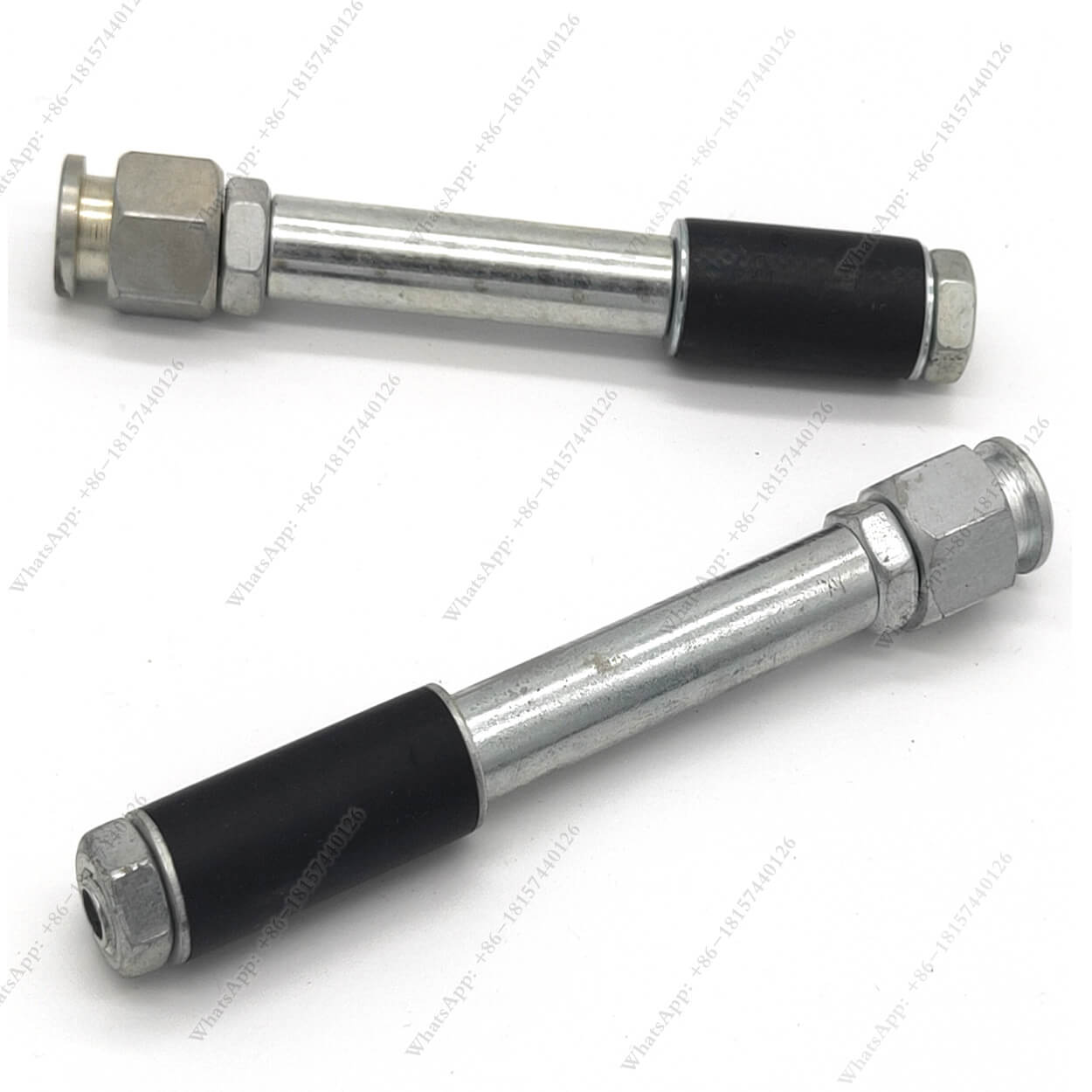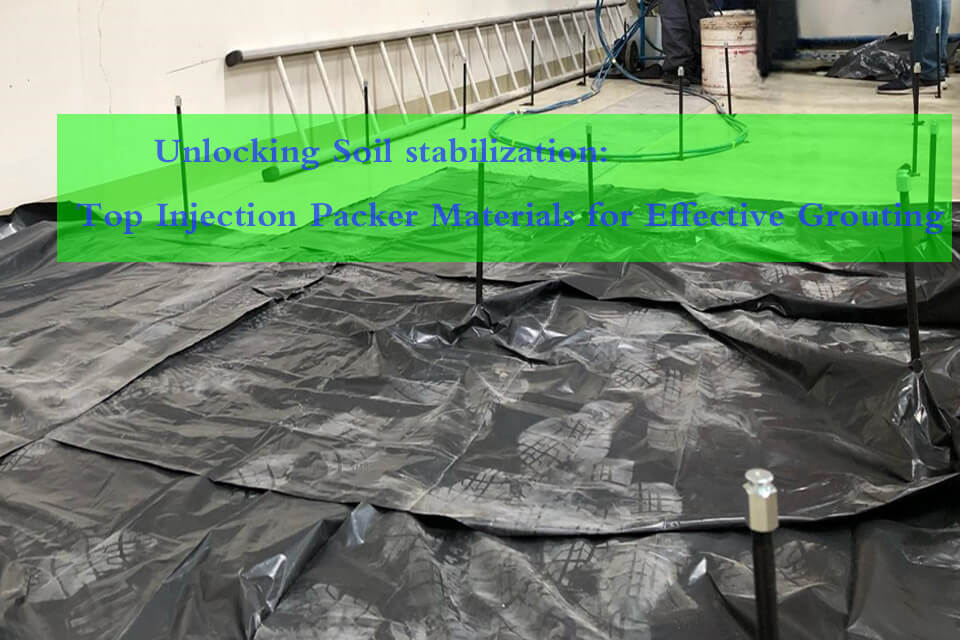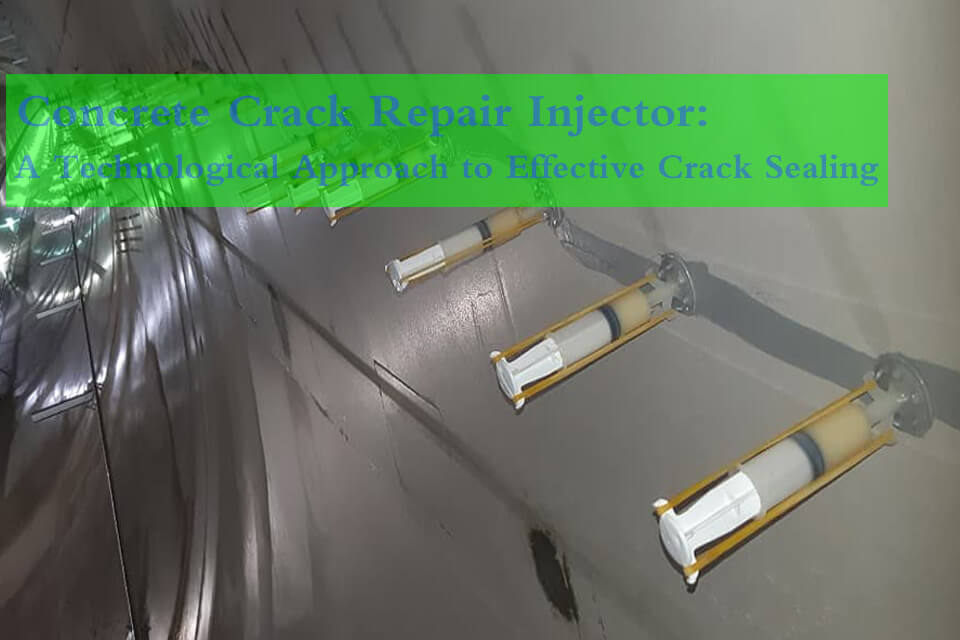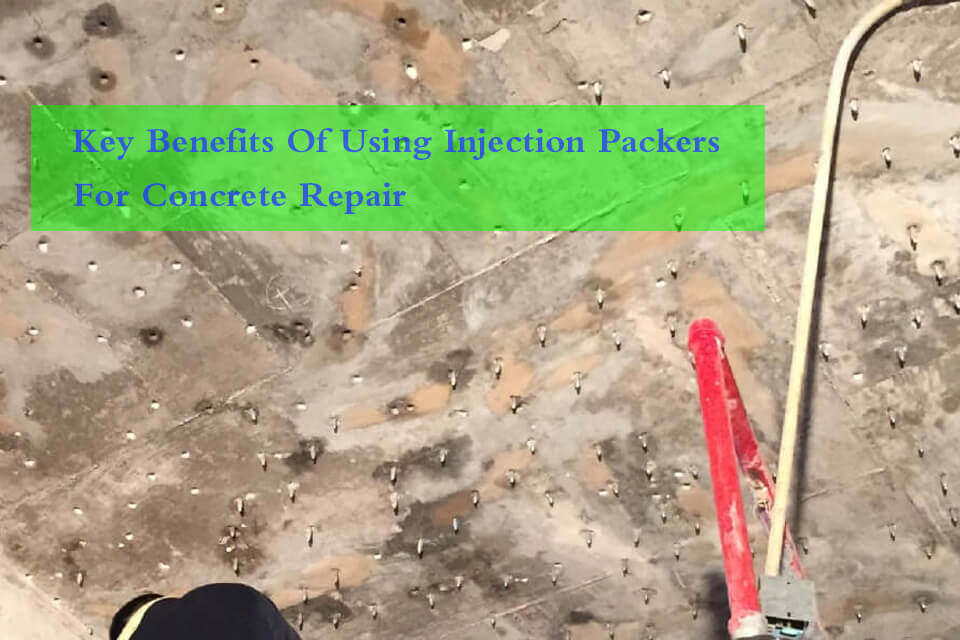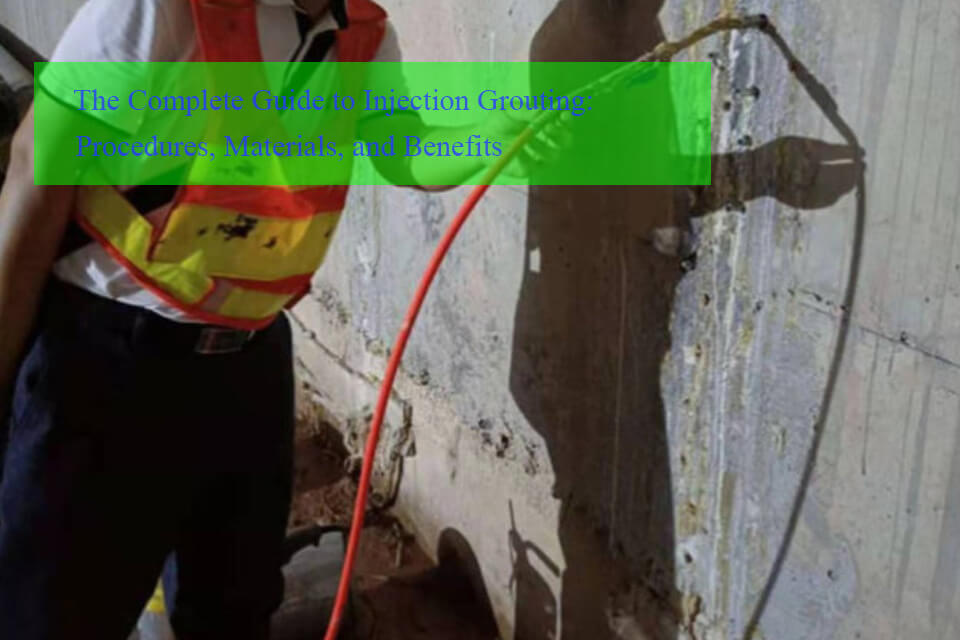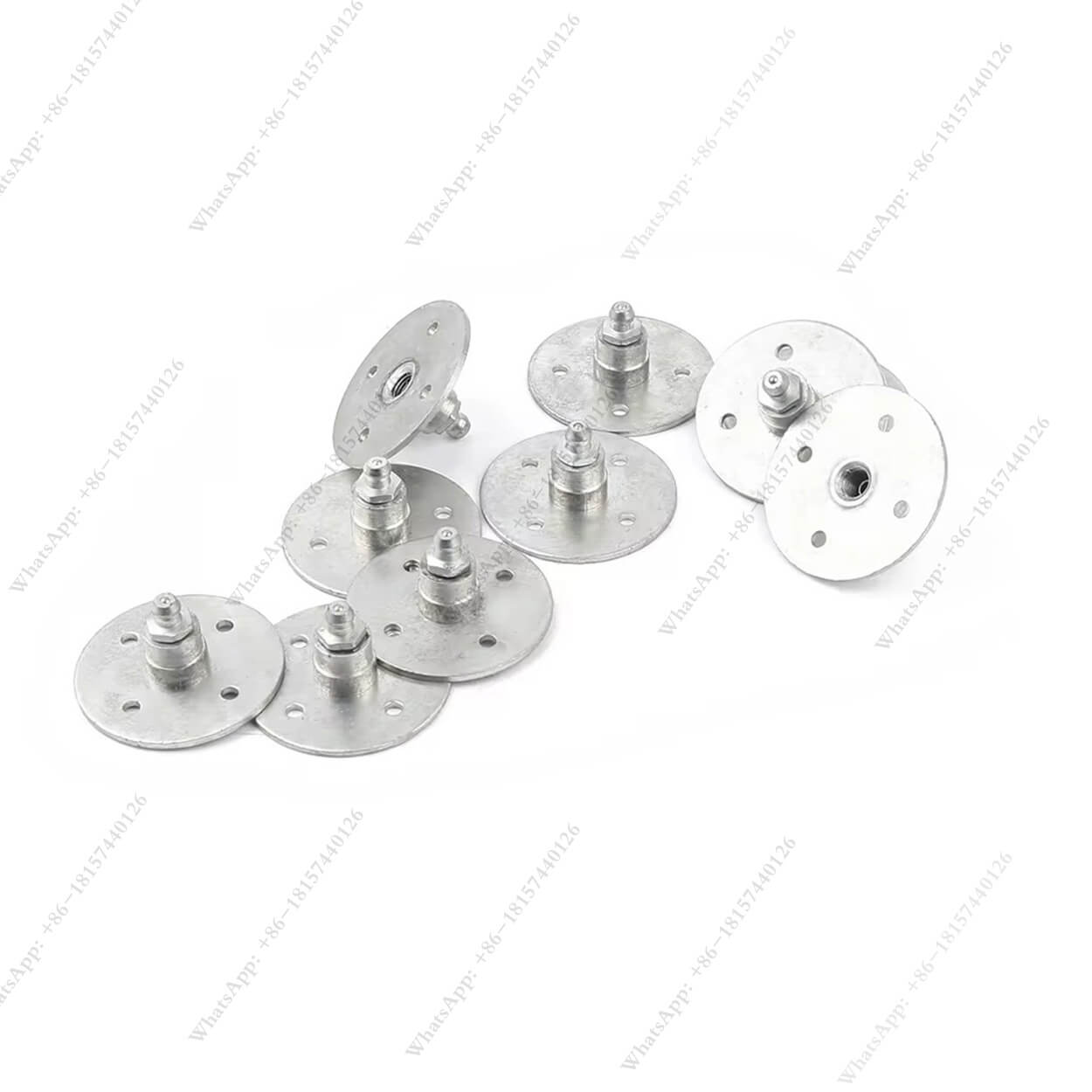
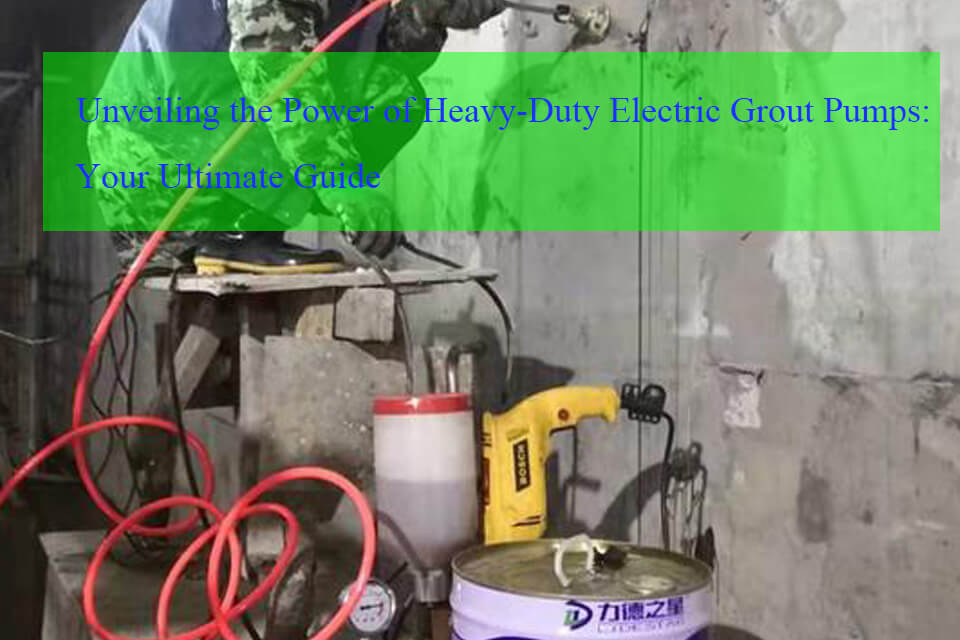
Unveiling the Power of Heavy-Duty Electric Grout Pumps: Your Ultimate Guide
Have you ever wondered how large structures stay solid and intact? Grouting plays a key role!
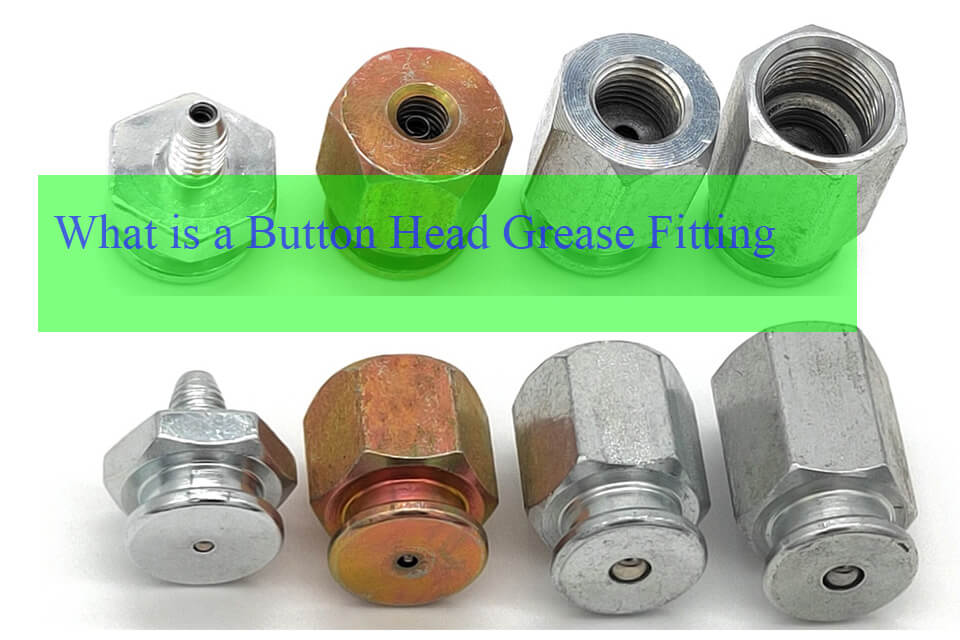
Button Head Grease Fittings: Essential for Construction, Heavy-Duty, and Waterproof Industry Applications
In the world of heavy machinery maintenance, ensuring smooth operation and longevity is essential. One key component that helps achieve this is the button head grease fittings,
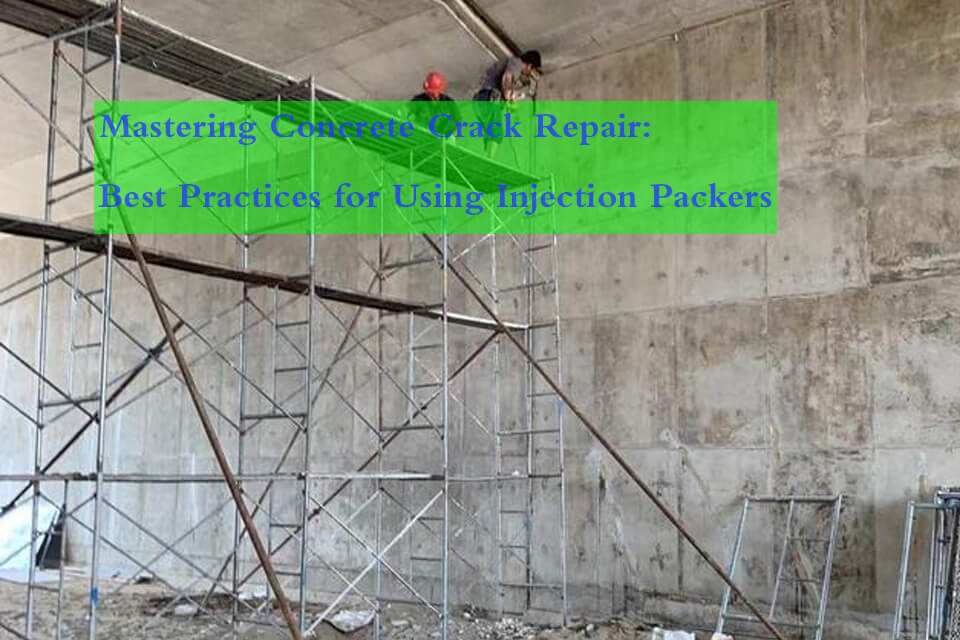
Mastering Concrete Crack Repair: Best Practices for Using Injection Packers
Concrete crack repair is a critical aspect of maintaining the structural integrity and longevity of buildings and infrastructure.

